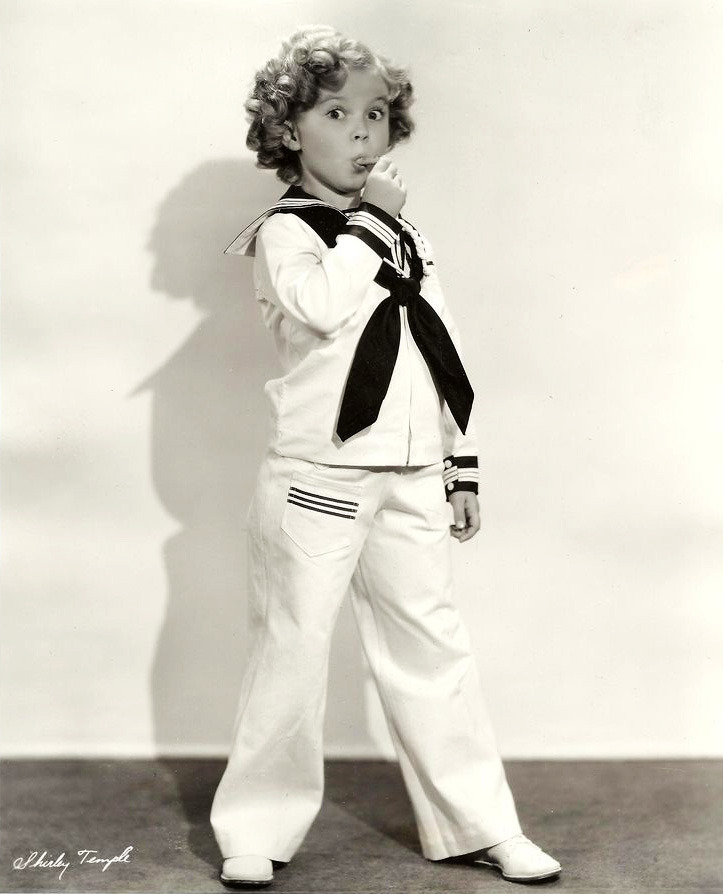Pedophilia Has a Price Tag, and It’s Shirley Temple
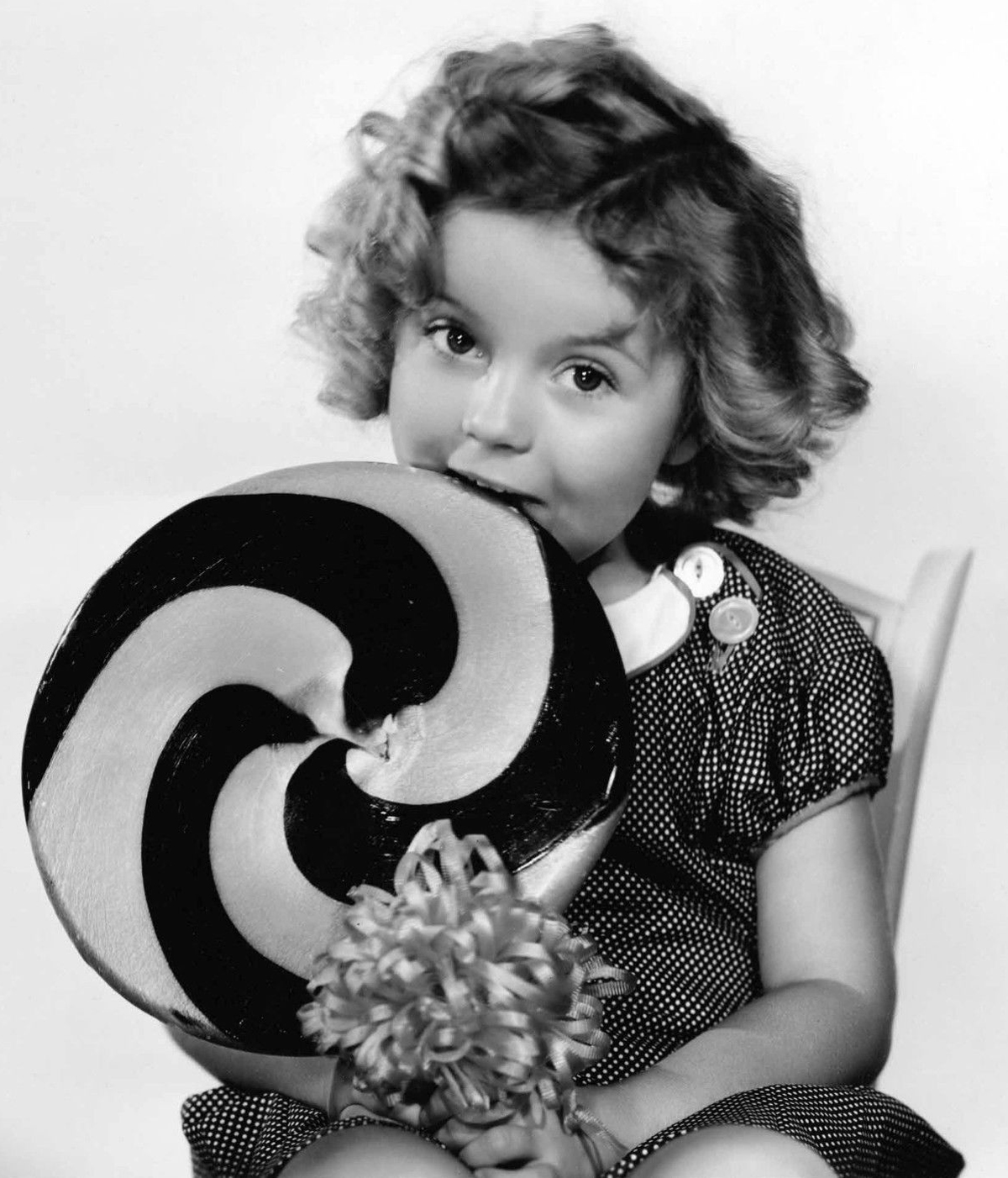
“The owners of a child star are like leaseholders—their property diminishes in value every year.”
Graham Greene, Night and Day, 1937
AND THEN one day in 1932, at a place called Meglin’s Dance School, a Hollywood casting director liked the way the little girl with golden ringlets for hair hid under a piano. She was called in to audition for the Big Guys who run the casting couch, and the rest is history. That’s the official story. I know, ridiculous, right? A three-year-old Shirley Temple may have been discovered dancing her way into the Great Depression, but not because of the American dream—as advertised. You see, before ever sitting down to write this paper, I decided to put some backbreaking sleuth work into her genealogy, and the results are startling. Shirley Temple is blue blooded. Last I checked, the man who discovered her wasn’t a genealogist, officially speaking. See what I mean? As we shall soon come to find, Shirley Temple was chosen for one purpose. The purpose is pedophilia.
But first, her genealogy.
Temple’s 23rd great-grandfather is Magna Carta surety William de Huntingfield. Other direct grandchildren of Huntingfield (which in turn would make them Temple’s cousins) include Benedict Arnold, Samuel Prescott, Meriwether Lewis, Mark Twain, Douglas MacArthur, George Patton, Marilyn Monroe, Robert Frost, Sir Winston Churchill, Princess Diana, and Queen Elizabeth II, just to name a few. Namely, the American experience. Huntingfield had another several grandchildren who went on to become U.S. Presidents. Warren G.Harding, Zachary Taylor, Ulysses S. Grant, Franklin D. Roosevelt, Richard M. Nixon, Jimmy Carter, and George H.W. Bush. Again, all cousins of Temple. From Huntingfield, we find King Robert I of France, Temple’s 35th great-grandfather. Next, 35th great-grandfather Alfred the Great. And finally, Temple’s 37th great-grandfather, Charlemagne, King of the Franks. You and I both know what that means. Shirley Temple is a Cain.
Really, that’s quite the resume, don’t you think? Not exactly the sort of credentials one prints up for a dance audition. Judy Garland, aka Frances Ethel Gumm, was discovered while performing with the same Meglin dance troupe in 1928, some four years earlier, and she’s even more royal. I found three Magna Carta sureties in her parentage, 21st great-grandfathers Robert de Ros, Robert Fitz Walter, and Saher de Quincy, thereby tying Garland into the same kings as Temple and, as an added bonus, 25th great-grandfather William the Conqueror. Expect even more United States Presidents in her family. And at any rate, that’s two blue bloods fished from the same talent pool. What are the odds?
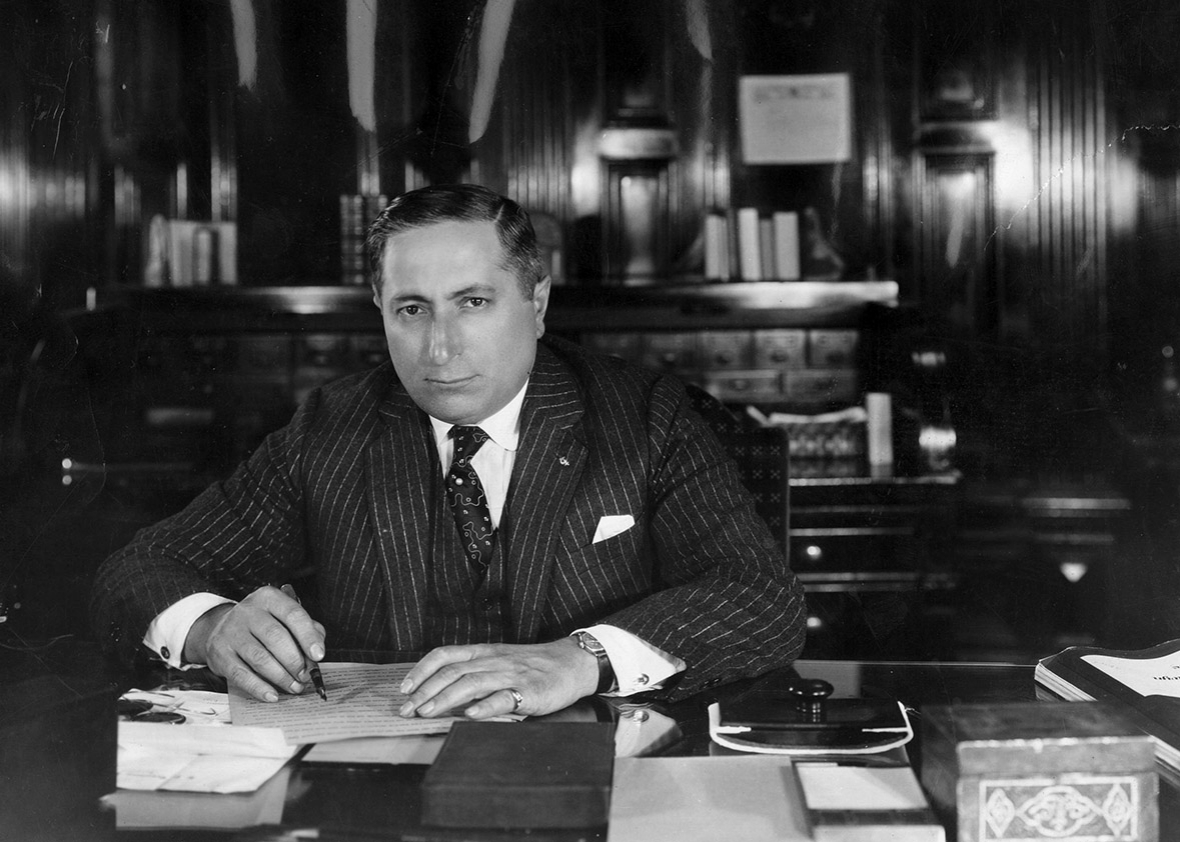
Ironically, Garland shares the same pedophilic themes in her bio. After Arthur Freed exposed his pickle to Shirley Temple on the MGM casting couch, Temple claimed to have told Freed: “I thought you were a producer, not an exhibitor.” Judy Garland later claimed a similar incident in the principal’s office. An executive whom she wouldn’t name summoned her to his office and demanded that he have sex with her right then and there. When she refused, the unidentified individual began screaming: “I’ll ruin you and I can do it! I’ll break you if it’s the last thing I do!” Hollywood talk. Apparently, it wasn’t Louis B. Mayer, who repeatedly groped and fondled her left breast, or the busloads of Munchkins reportedly pinching her cheeks on-set, between takes. It’s all simply misdirection on Temple and Garland’s part. We are expected to believe that Hollywood’s under-aged were good girls surrounded by very naughty men (men of all sizes, really), when in fact Garland was having sex with just about everyone. She even knocked on Bob Hope’s hotel room door looking for action. Hope’s orgies with Hollywood women seemingly stretched into the decades, showing no bias, and yet he claimed to have closed the door on Garland’s face. See what I mean? Unutterable secrets. Also, Freed and Mayer were Joos.
Is it any coincidence that the Meglin studio’s founder, Ethel Meglin, was a Ziegfeld girl? Nope. The dance troupe was founded in 1928 for the purposes of “creating” chorus girls. On The Wikipedia we read that it was financially supported by Mack Sennett, who had earlier founded Keystone Studios in Echo Park in 1912, where men like Charlie Chaplin and Bing Crosby got their start. Another fun fact is that MGM pooled the Munchkins of Munchkinland, even our three friends from the Lollipop Guild, from the same company. Were any of them blue blooded? We are not told.
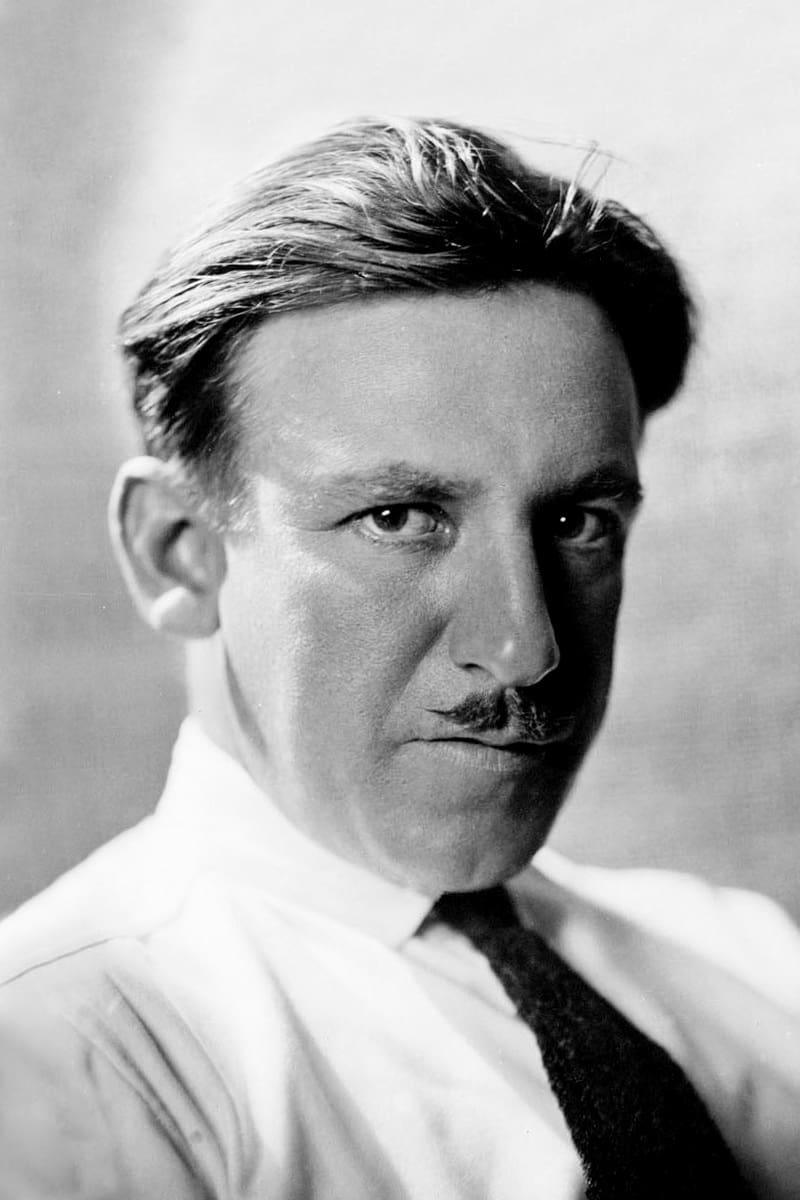 The person responsible for walking into the school for showgirls and pooling Shirley Temple from the less desirable was Charles Lamont. Again, why did he choose the three-year-old with golden ringlets for hair? The sons of Cain have long served a certain purpose, and that is to pull the wool over our eyes. Except presently, the agenda couldn’t be any more obvious. Pedophilia. You’d have to be ingesting a daily prescription of pharmakea and a wide assortment of other blue colored pills not to see it. Shirley Temple went straight to work starring in Baby Burlesque pictures. Mm-hmm, you read that right. Simply adorable, how they were capable of wielding two seemingly opposite “B” words together. Baby and Burlesque, get it? All eight movies were produced by a company called “Educational Pictures.” Sounds legit.
The person responsible for walking into the school for showgirls and pooling Shirley Temple from the less desirable was Charles Lamont. Again, why did he choose the three-year-old with golden ringlets for hair? The sons of Cain have long served a certain purpose, and that is to pull the wool over our eyes. Except presently, the agenda couldn’t be any more obvious. Pedophilia. You’d have to be ingesting a daily prescription of pharmakea and a wide assortment of other blue colored pills not to see it. Shirley Temple went straight to work starring in Baby Burlesque pictures. Mm-hmm, you read that right. Simply adorable, how they were capable of wielding two seemingly opposite “B” words together. Baby and Burlesque, get it? All eight movies were produced by a company called “Educational Pictures.” Sounds legit.
As you can probably already imagine, Baby Burlesque
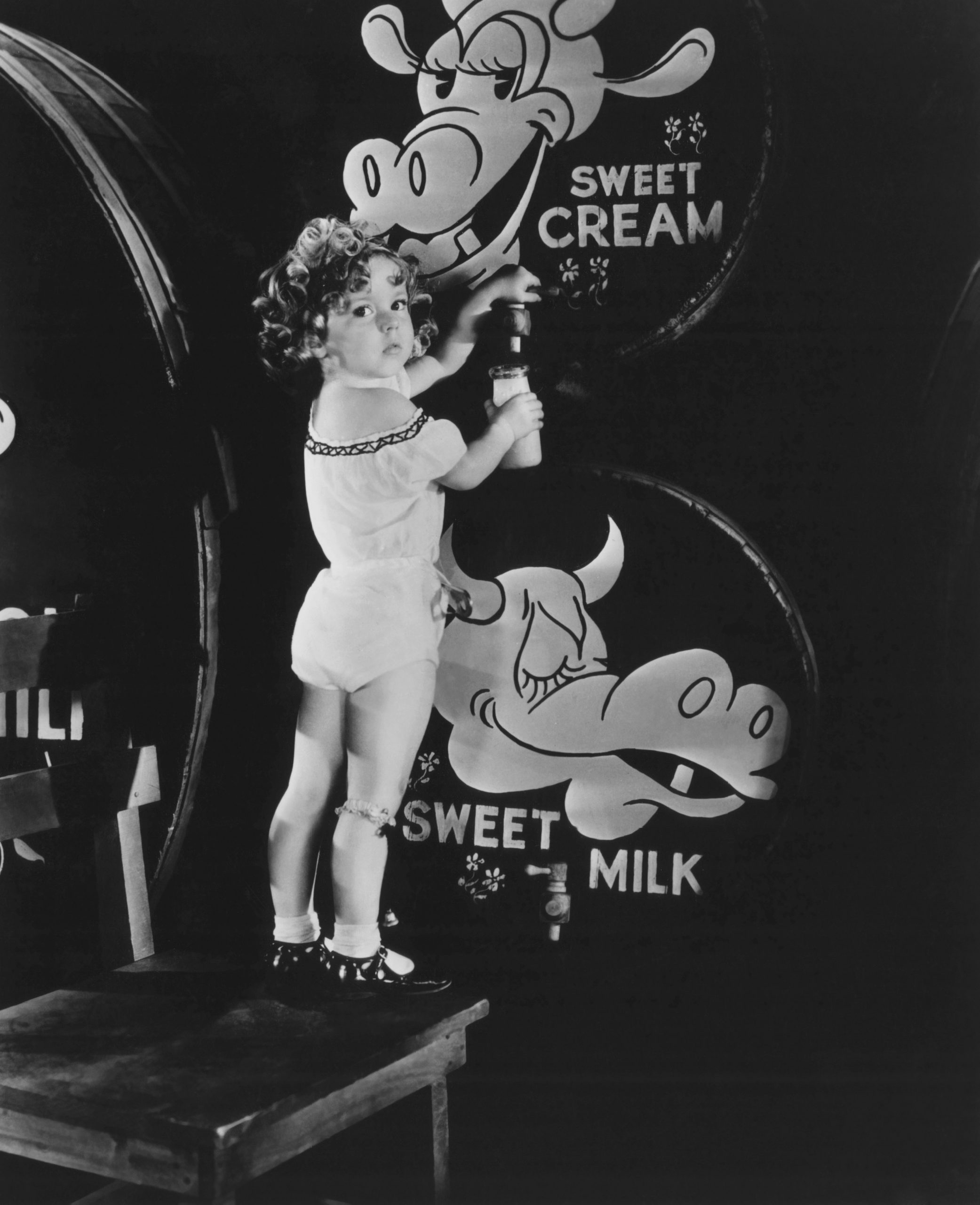
The second film in the Baby Burlesque series was released on September 11, 1932. War Babies was a spoof on the World War I film What Price Glory? with a plot that centered on two soldiers competing for the love of one woman, er, I mean, girl. Educational Pictures adaptation is set in Buttermilk Pete’s Cafe, not your average preschool. It’s a bordello where parent-less children dance, perform music, and play with milk—which is putting it lightly. Temple plays a prostitute named Charmaine who spends her hours flirting with doughboys. Technically, they compete for her attention by presenting her with enormous lollypops—a staple of later Temple movies.
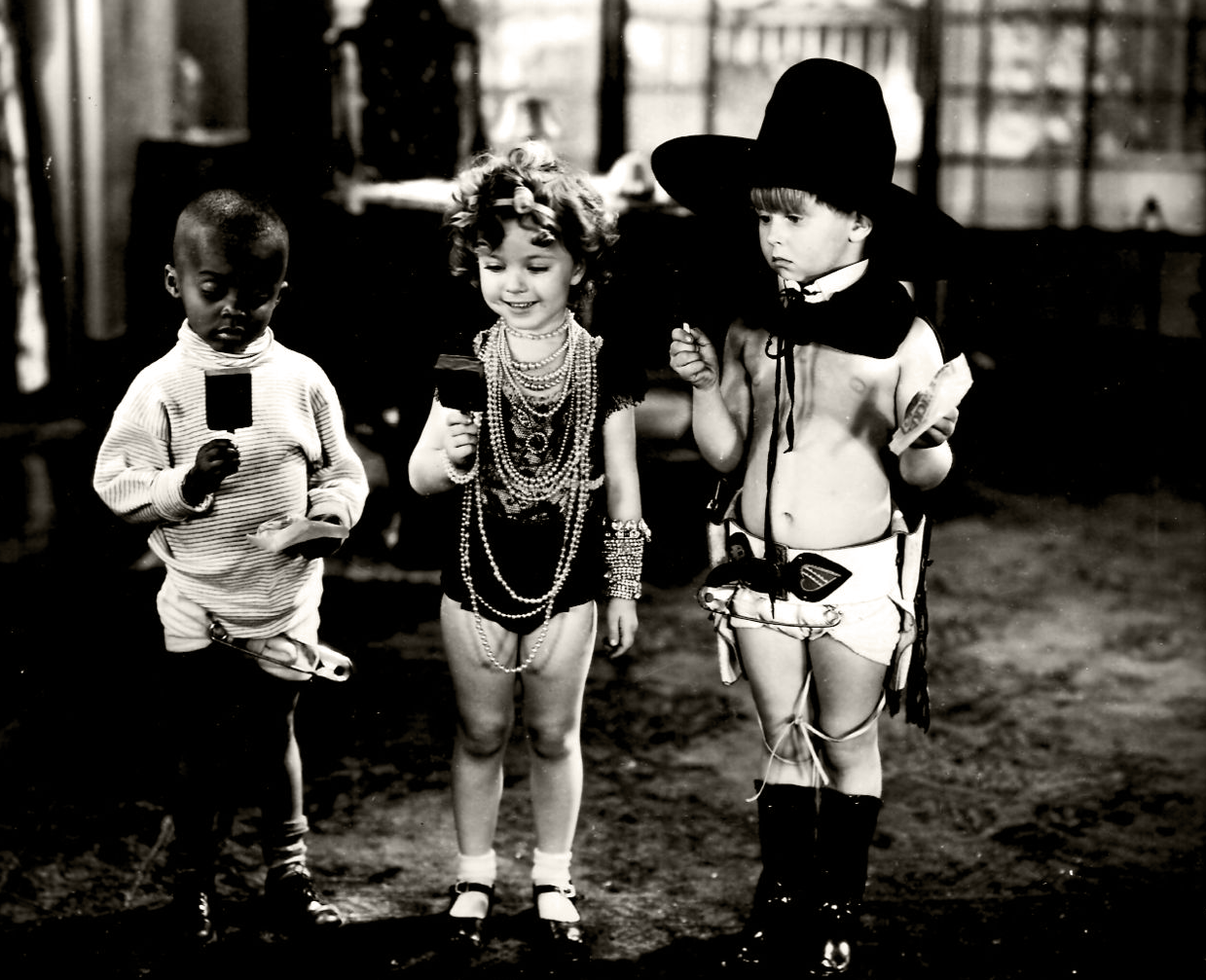
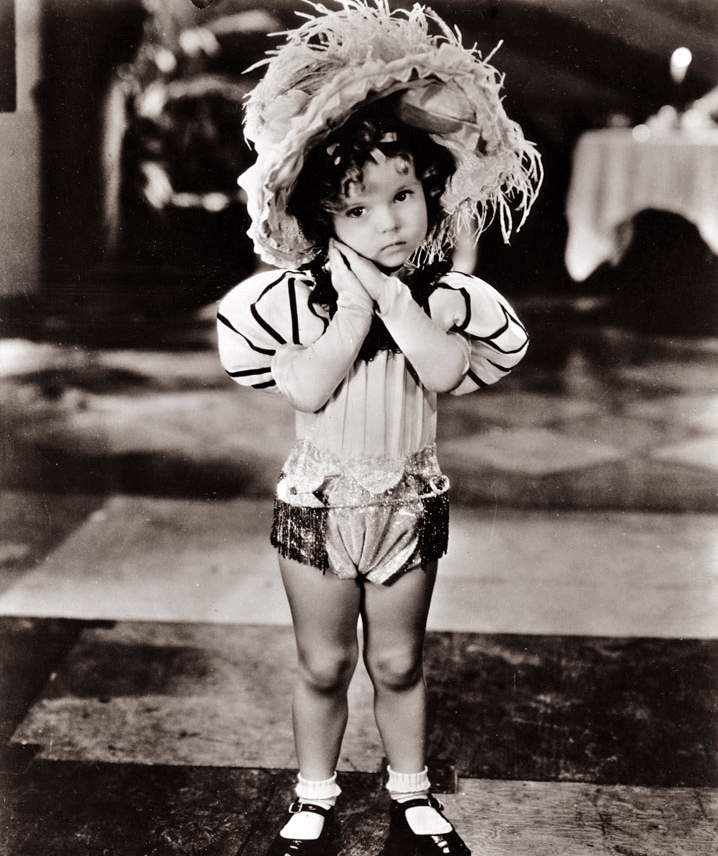 .
.
Temple’s fourth Baby Burlesque movie, Glad Rags to Riches, was released on February 5, 1933. It tells the story of Le Belle Diaperina, a chanteuse at the Lullaby Lobster Palace in Paris, who must decide between the impending marriage to a rich nightclub owner or a country boy. Once again, the cabaret dancer is played by Temple. Already being typecast, apparently. In one rather straightforward scene, her boyfriend Elmer, played by child actor Georgie Smith, chomps down on an enormous pickle and squirts Shirley Temple in the face. Cue the laughter of middle-aged men, sitting alone in a theater on a Wednesday afternoon.
Her seventh film, Polly Tix in Washington, was released on June 4, 1933, and again features Shirley Temple as the call girl. Charles Lemont not only directed the 11-minute film this time around, but wrote it too. In her autobiography, Temple described the plot as follows. “I was a strumpet on the payroll of the Nipple Trust and Anti-Castor Oil Lobby. Mine was the task of seducing a newly arrived bumpkin senator.” When Senator Claude Buster succumbs to her siren charms, Temple confirms her sex for hire status by stating, “I’m expensive.” Oh dear. We then see Senator Claude Buster go down on a giant cake, hewing white icing like blades of grass from a lawn mower. Nothing to see here.
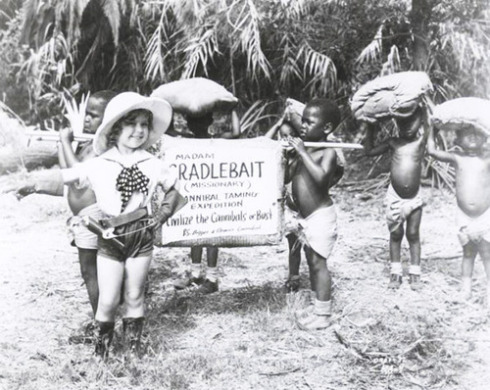 Shirley Temple’s final appearance for Educational Films was somewhat of a doozy. In Kid ‘in’ Africa, released on October 6, 1933, Temple played the part of Madam Cradlebait, a hot pants wearing jungle explorer and self-described “missionary,” complete with a hip-hugging pistol. During filming, black children were hired to run en masse and fall over when shot by arrows. Unbeknownst to the children, a piano wire was strung in their path, so that the film crew captured them falling clumsily into a heap, and some of their shins were bloodied. The film then succumbs to its usual flavor when Temple enters the Hotel Squaldorf with her Tarzan mate. Outside, an African child carrying a “WEARY NIPPLE CAFE” billboard tanks up at the “LAST CHANCE FILLING STATION” by sucking on the end of a gas pump, which is conveniently monitored on what is described to us as a “gulp meter.” Sick. And in case there’s any confusion as to what is being implied here, the pumps nozzle is shaped like a penis.
Shirley Temple’s final appearance for Educational Films was somewhat of a doozy. In Kid ‘in’ Africa, released on October 6, 1933, Temple played the part of Madam Cradlebait, a hot pants wearing jungle explorer and self-described “missionary,” complete with a hip-hugging pistol. During filming, black children were hired to run en masse and fall over when shot by arrows. Unbeknownst to the children, a piano wire was strung in their path, so that the film crew captured them falling clumsily into a heap, and some of their shins were bloodied. The film then succumbs to its usual flavor when Temple enters the Hotel Squaldorf with her Tarzan mate. Outside, an African child carrying a “WEARY NIPPLE CAFE” billboard tanks up at the “LAST CHANCE FILLING STATION” by sucking on the end of a gas pump, which is conveniently monitored on what is described to us as a “gulp meter.” Sick. And in case there’s any confusion as to what is being implied here, the pumps nozzle is shaped like a penis.
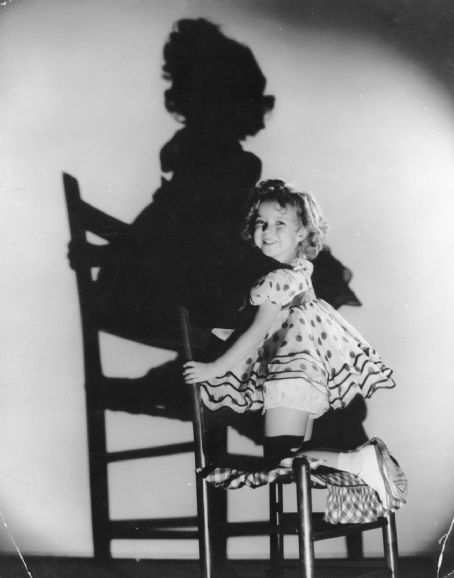 The man accredited with bringing Shirley Temple over to Fox is Jay Gorney, aka Abraham Jacob Gornetzsky. I checked. Gorney was a Russian born Joo. Apparently, Gorney was leaving a viewing of her latest picture, Frolics of Youth, when he saw Temple dancing in the movie theater lobby, and immediately arranged for a tryout. Of course he did.
The man accredited with bringing Shirley Temple over to Fox is Jay Gorney, aka Abraham Jacob Gornetzsky. I checked. Gorney was a Russian born Joo. Apparently, Gorney was leaving a viewing of her latest picture, Frolics of Youth, when he saw Temple dancing in the movie theater lobby, and immediately arranged for a tryout. Of course he did.
The Wiki informs us that Educational Pictures needed to underwrite production costs, and therefore lent Temple and her co-stars into modeling roles for breakfast cereals and other products. The real reason Temple was hanging around in a theater lobby is likely for the exact same reason why the Navy set up recruiting booths outside of Top Gun screenings. Temple had already reminded her adult audience in Polly Tix in Washington that she’s expensive. The movies themselves acted as the commercials. Popcorn and Shirley Temple were a product for purchase.
Stand Up and Cheer! became Temple’s breakthrough movie, but also told America in explicit detail who she was truly working for. Our Slave Masters. Its plot centers upon the President of the Corporate United States appointing a “Secretary of Amusement” to lift the slaves people out of their plantation Depression doldrums, via song and dance numbers. You know, entertainment for the barracoon. In other words, Shirley Temple was a real life Pinocchio. And just to ensure everybody that Temple was making biographies rather than mere fiction, President Roosevelt recognized her talents while stating: “When the spirit of the people is lower than any other time during the Depression, it is a splendid thing that for just fifteen cents an American can go to a movie and look at the smiling face of a baby and forget his troubles.” He’s describing the very method of media programing.
.
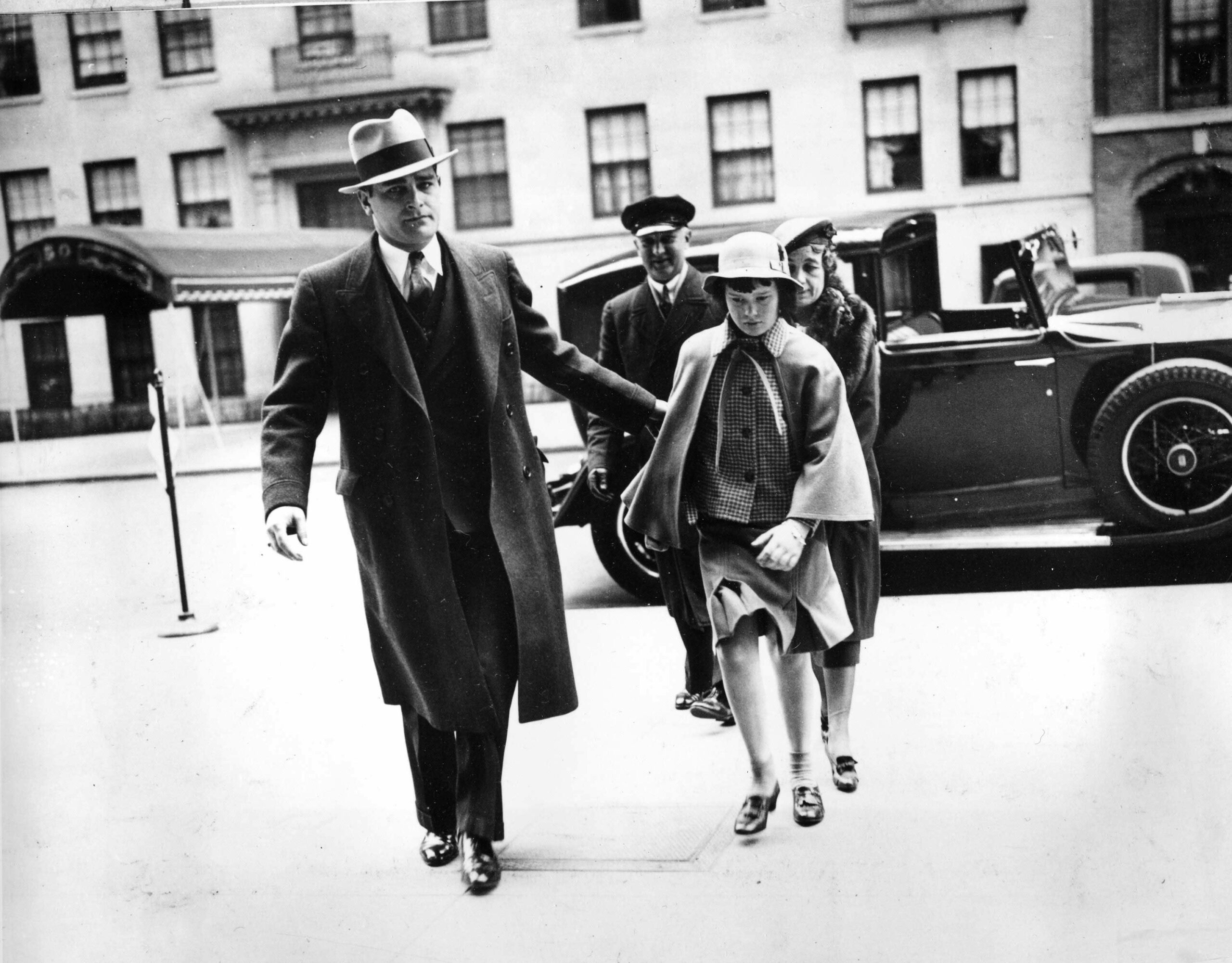
.
A common plot point in Shirley Temple films centers upon a motherless child who is both eager and willing to become adopted by a single man. Really, do I still need to spell this out for you? That scenario is slightly reversed in the 1934 film Bright Eyes, wherein Temple’s mother is widowed, but the results are the same. By the way, Bright Eyes was the third straight picture to star actor James Dunn as Shirley Temple’s somebodies love interest. It was one of Temple’s most iconic films, and a purposeful rip off of the Vanderbilt Custody Trial. Both productions were conveniently released in 1934, again reminding us of who Temple was ultimately working for. Intel had already played the part of the foreman and laid the groundwork, but when it came to the American consciousness, they needed Temple to help the cement dry. The movie tells of six-year-old Shirley, her widowed mother Mary, and their maid, all three of whom live in the home of her rich and mean-spirited employers. While caught up in the apathy of a custody battle and looking for love, Little Shirley hitches a ride to the airport to visit her godfather and an entire entourage of her late father’s pilot friends.
Meanwhile, the media story of Gloria Laura Vanderbilt centered around a high-profile child custody trial in which her mother, Gloria Morgan Vanderbilt, and her paternal aunt, Gertrude Vanderbilt Whitney, each sought custody of the eight-year-old child, but more than anything, control over her trust fund. It also involved a beloved nanny, Emma Sullivan Kieslich, whom young Gloria called “Dodo.” Vanderbilt’s troubles began after the death of her father, Reginald Claypoole Vanderbilt, when she was only 18 months old and, alongside her half-sister, became an immediate heiresses to a half share each in a $5 million trust fund. That’s equivalent to $73 million in 2019 value. As you can probably already guess, both Gloria Vanderbilt and Gertrude Whitney wanted a slice of the pie.
The press had hailed it the “trial of the century,” which should be your first clue that this was a hoax. And as we should expect of an Intel psyop, the court proceedings were the subject of wide and sensational press coverage, dripping with enough scandalous evidence (such as a lesbian affair) to support Whitney’s claim that Gloria Vanderbilt was an unfit parent. In the end, Gloria Morgan Vanderbilt lost the custody of her daughter to Gertrude Whitney. But again, you and I know it’s all psychodrama.
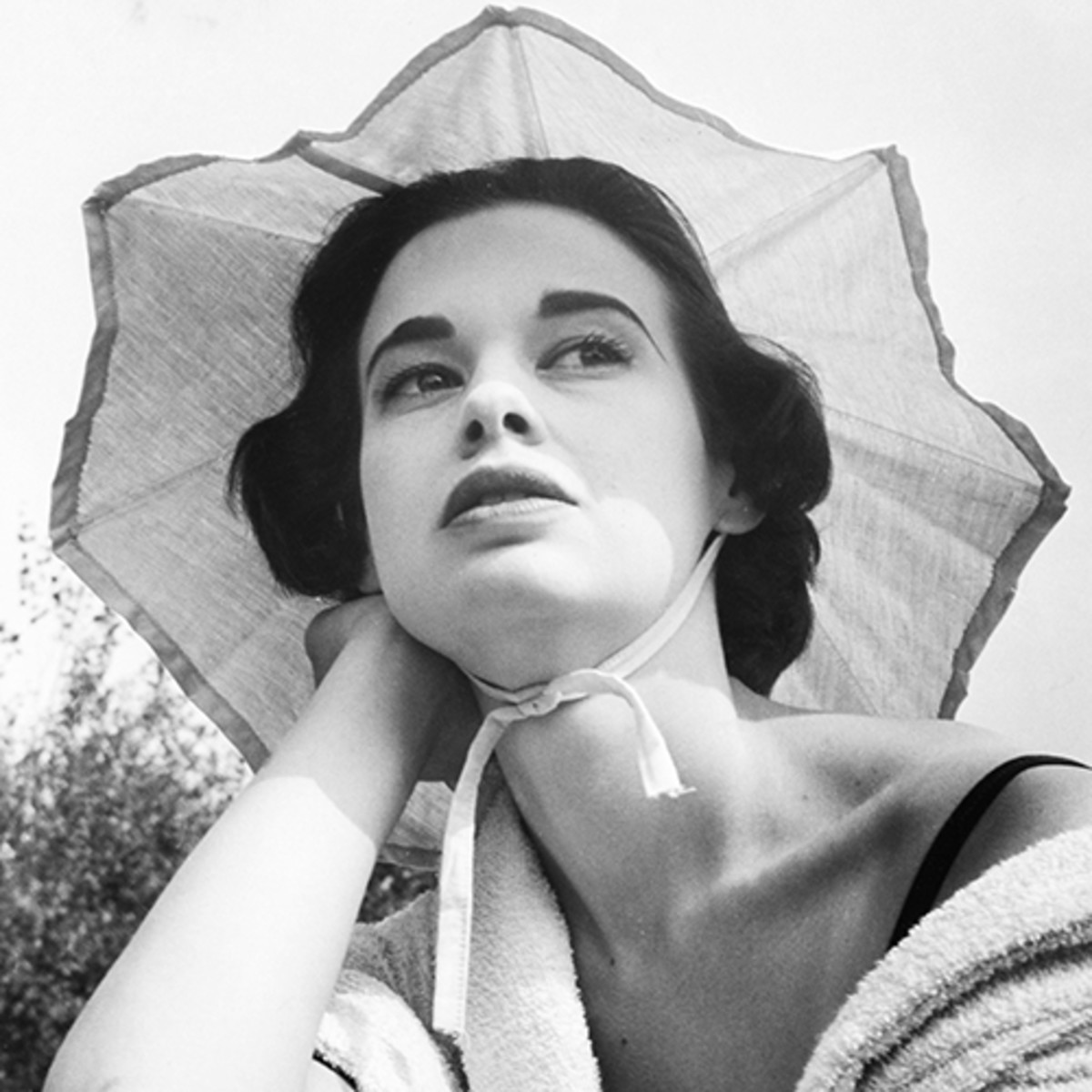 Our next clue is the fact that Gloria Laura Vanderbilt grew up to become the mother of CNN journalist and CIA spook Anderson Cooper, reminding us that the Vanderbilt family still has a hand in the art of media wand waving. The Vanderbilt’s of course are incredibly royal. They dangled that important plot point as a fat juicy carrot, and as a matter of evidence in the trial, that Gloria Morgan Vanderbilt’s twin sister Thelma Furness was the mistress of the Prince of Wales, aka Edward Albert Christian George Andrew Patrick David. Parents couldn’t decide on a first name, hmmmm? If you recall, the Prince of Wales later became the short-lived King Edward VIII in 1936. Within a single year, he abdicated the throne over the issue of women, which again reminds us that Intel loves cross referencing scripts.
Our next clue is the fact that Gloria Laura Vanderbilt grew up to become the mother of CNN journalist and CIA spook Anderson Cooper, reminding us that the Vanderbilt family still has a hand in the art of media wand waving. The Vanderbilt’s of course are incredibly royal. They dangled that important plot point as a fat juicy carrot, and as a matter of evidence in the trial, that Gloria Morgan Vanderbilt’s twin sister Thelma Furness was the mistress of the Prince of Wales, aka Edward Albert Christian George Andrew Patrick David. Parents couldn’t decide on a first name, hmmmm? If you recall, the Prince of Wales later became the short-lived King Edward VIII in 1936. Within a single year, he abdicated the throne over the issue of women, which again reminds us that Intel loves cross referencing scripts.
I decided to dig into Gloria Laura Vanderbilt’s genealogy, and this is what I found. There are seven Magna Carta sureties in her praternal ranks. 19th great-grandfathers John de Lacy and Gilbert de Clare, 20th great-grandfathers Hugh le Bigod, Richard de Clare, and Henry de Bohun, and finally, 21st great-grandfathers Saher de Quincy and Roger le Bigod. From thence, we find 17th great-grandfather King Edward I of England. 22nd great-grandfather King Louis VI. 23rd great-grandfather William the Conqueror. 28th great-grandfather King Robert I of France. 30th great-grandfather Alfred the Great. And lastly, 33rd great-grandfather Charlemagne, firmly securing the Vanderbilt’s in the anti-Messiah lineage.
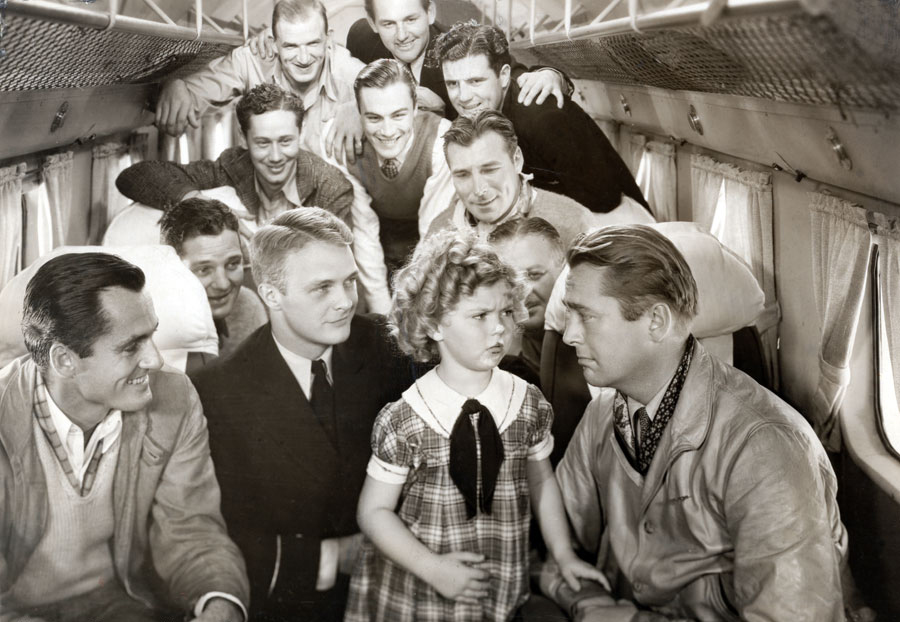
.
Do me a favor and watch a video clip of Shirley Temple singing her most iconic song, On the Good Ship Lollipop. It’s a segment from the same film, and much like the title, will require woken eyes. Here we can see Temple dancing down the aisle of an airplane, surrounded by her godfather and deceased father’s aviator friends while they take her on a trip around the tarmac. Brandishing larger than life lollipops, the all-male crew picks Shirley up and then shove her face downwards into a cake, leaving traces of white icing around her nose and mouth. They then do the same thing with a bar of chocolate. In other words, Intel simply cashed in on their Vanderbilt production and made a movie about taking a trip to Epstein’s Island.
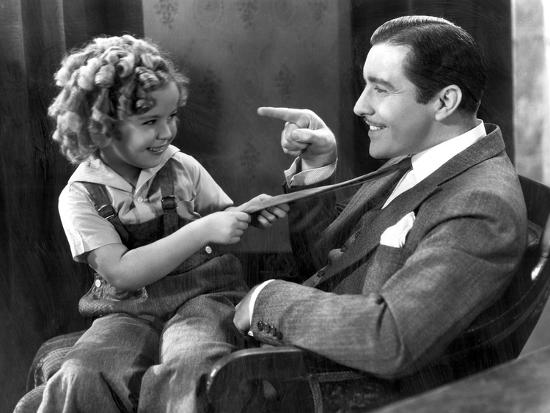 The Lollypop Express continues in the 1935 film Curly Top, in which a sexually frustrated millionaire bachelor and orphan benefactor, played by actor John Boles, croons on the piano over his love for Shirley Temple.
The Lollypop Express continues in the 1935 film Curly Top, in which a sexually frustrated millionaire bachelor and orphan benefactor, played by actor John Boles, croons on the piano over his love for Shirley Temple.
It is in his song that we hear such peculiar wording as: “Since fate brought you to me, I’ve climbed a garden wall and everything is all so new to me!” The Song of Solomon reference is cued from something reminiscent of MK-Ultra when he quips: “Then without any warning, suddenly you came to me. Bewildered I stand in my wonderland.”
Among Boles aching hallucinations, the paintings in his study are eerily transfigured by Temple’s image, further embedding his lust for her. According to Temple’s autobiography, a scene was shot where she appeared as Cupid, painted from head to toe in gilt paint. Which is to say, she was in the nude. For obvious reasons, Hollywood realized the orphan for grab theme had become too obvious, and the scene was ultimately cut before its theatrical release.
That is not to say Curly Top’s sexual innuendoes were completely scrubbed post-production. There is a voyeuristic close-up of Shirley’s rump in an undersized bathing suit as she rolls playfully back and forth over a blow-up horse. Another scene that survived the cutting room floor involves Temple jiggling up and down on Boles stomach in an almost humping fashion, while the two converse in bed. Temple flirting with his necktie has lost any innocence by this point, and is nothing short of suggestive. The film was banned in several countries, and now you know why.
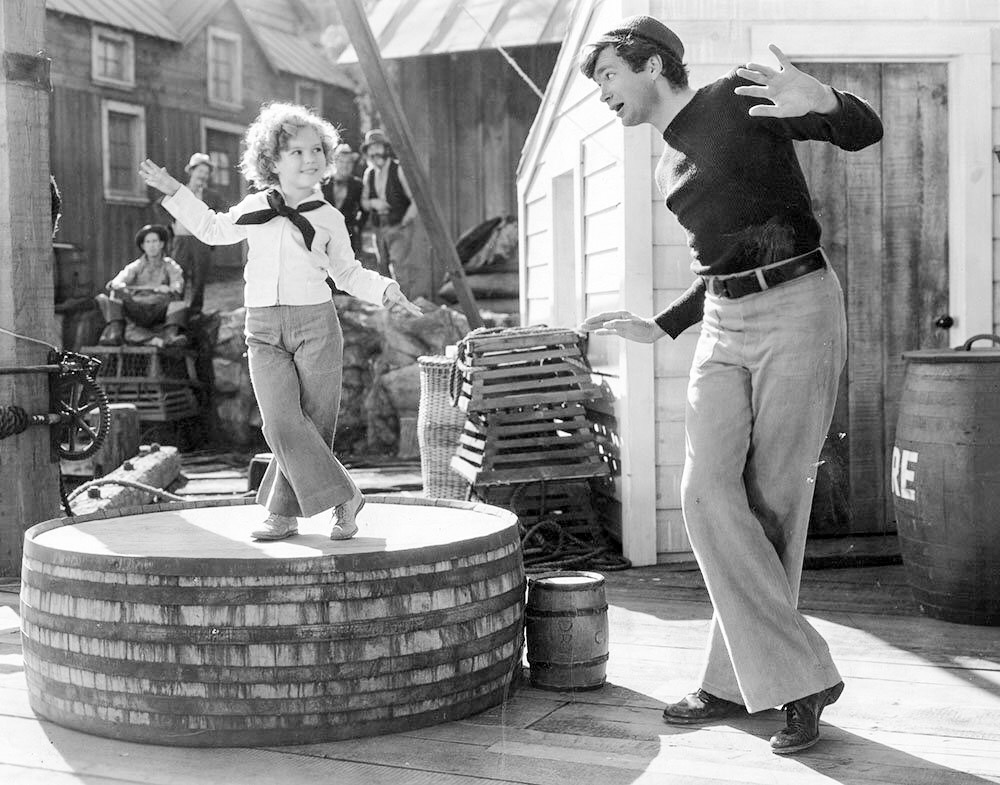
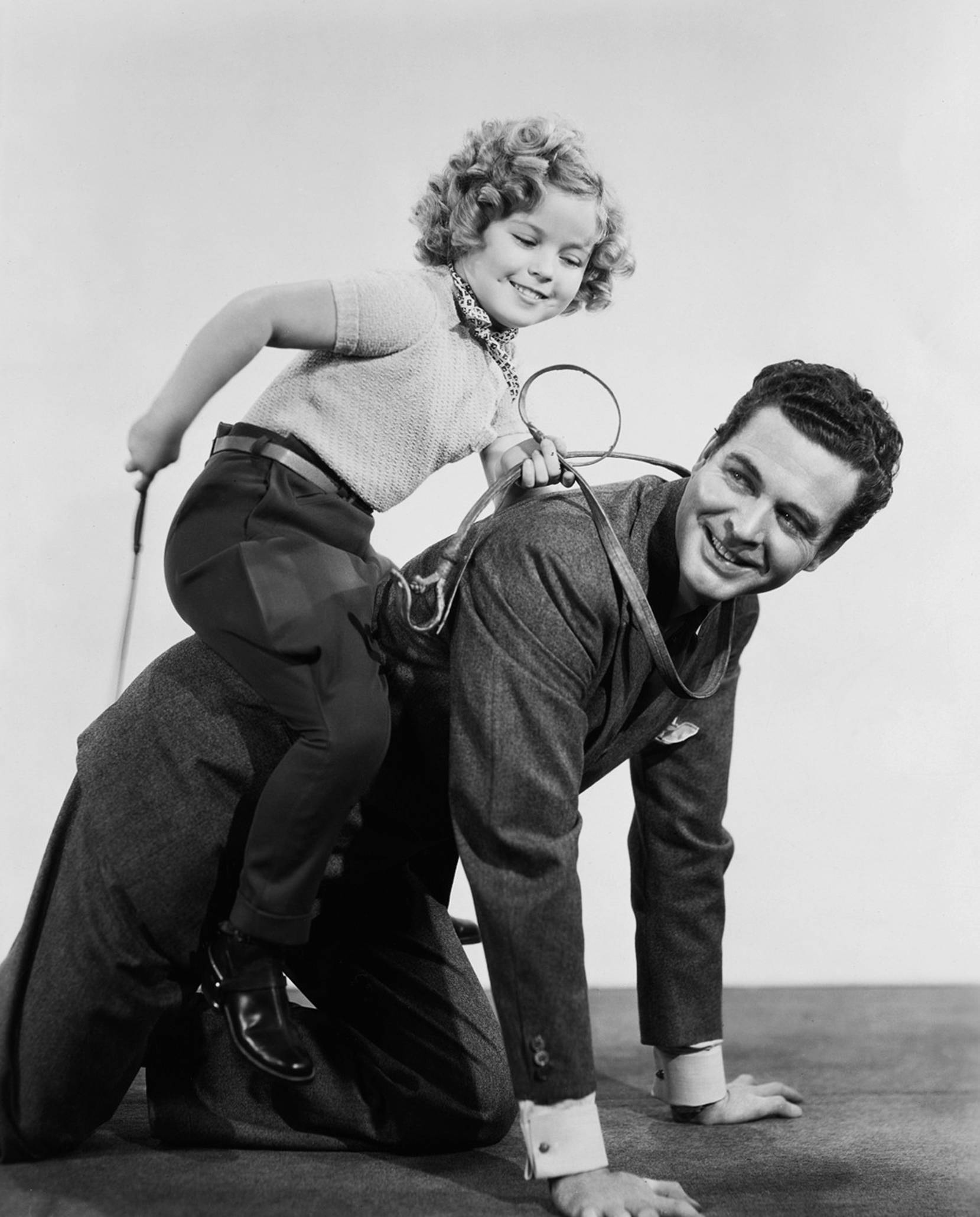 In the 1936 movie Captain January, Shirley Temple can be seen having a close encounter with the wad in Buddy Ebsen’s pants. The moment arrives while the two flirtatiously dance. The move is obviously choreographed, as Ebsen stops to point down to the object of his affection before continuing on. Far more disturbing however is the dream sequence wherein Temple’s adoptive father, played by character actor Guy Kibbee, is transformed into a giant baby, resulting in a feeding session with the girl. You do realize that old bald dudes actually pay to dress down in a diaper and get fed by women half or thrice their age, right? If not, then you do now.
In the 1936 movie Captain January, Shirley Temple can be seen having a close encounter with the wad in Buddy Ebsen’s pants. The moment arrives while the two flirtatiously dance. The move is obviously choreographed, as Ebsen stops to point down to the object of his affection before continuing on. Far more disturbing however is the dream sequence wherein Temple’s adoptive father, played by character actor Guy Kibbee, is transformed into a giant baby, resulting in a feeding session with the girl. You do realize that old bald dudes actually pay to dress down in a diaper and get fed by women half or thrice their age, right? If not, then you do now.
Her very next movie, Poor Little Rich Girl, has actor Jack Haley playing the part of Temple’s biological father. Jack Haley would go on to play the part of the Tin Man in MGM’s The Wizard of Oz, which is interesting, considering how Temple’s dance partner Buddy Ebsen had already won that role but was replaced after the aluminum makeup made him gravely ill. Also, Shirley Temple was MGM’s top choice for Dorothy, rather than Judy Garland, but the shareholders at Fox would not release their prized product to a neighboring plantation. In one scene, Haley cradles her in his arms while she sensually strokes his face, singing about one day becoming his wife. Contrast that with a creepy predator who attempts to lure her away using peppermint candy. Is this yet another Good Ship Lollipop reference? I think it is. We can therefore see the preferred option of incest being presented.
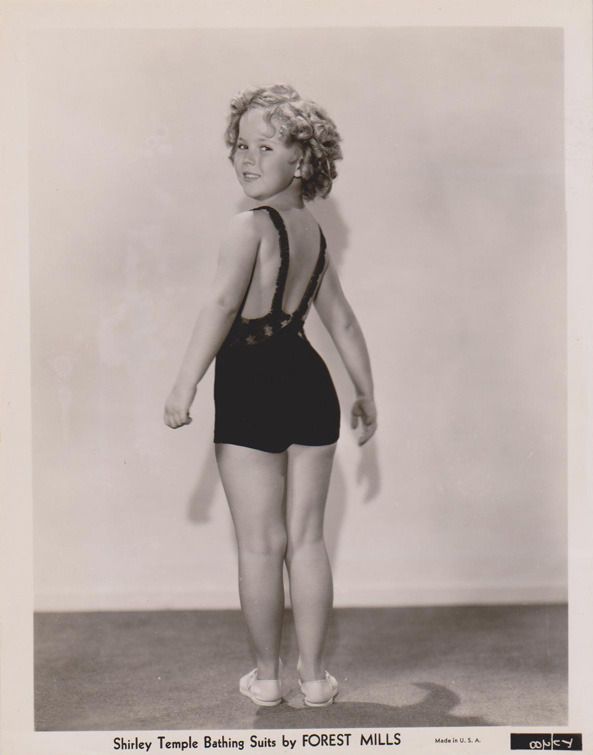 Before you accuse me of reading too much into a conveniently placed obelisk, it’s not like Shirley Temple’s sex appeal went unnoticed among her contemporary audience. Film critic Gilbert Seldes compared Temple to sex symbol Mae West, and recommended her directors face a firing squad at daybreak. Have you seen her studio portraits? Take a look at Shirley Temple modeling a swimsuit and tell me that’s not a child being instructed to find her way into an adult body. We are admittedly told by film historians that Shirley Temple was, in the 1930’s, a benefactor for adults, as she represented the ideal daughter for an American cinema-goer. Contrarily, if she could not be their daughter, then Temple served as an antidote of despair. In movies like Curly Top, Bright Eyes, and The Little Colonel, it was up to Temple to reconcile estranged couples, nudging pairs who were intended to fall in love to do so. But that’s all misdirection. Selders nailed it when he wrote that Temple’s cuteness had very little to do with her real power, particularly because of the growl of satisfaction which arose from the men in her audience.
Before you accuse me of reading too much into a conveniently placed obelisk, it’s not like Shirley Temple’s sex appeal went unnoticed among her contemporary audience. Film critic Gilbert Seldes compared Temple to sex symbol Mae West, and recommended her directors face a firing squad at daybreak. Have you seen her studio portraits? Take a look at Shirley Temple modeling a swimsuit and tell me that’s not a child being instructed to find her way into an adult body. We are admittedly told by film historians that Shirley Temple was, in the 1930’s, a benefactor for adults, as she represented the ideal daughter for an American cinema-goer. Contrarily, if she could not be their daughter, then Temple served as an antidote of despair. In movies like Curly Top, Bright Eyes, and The Little Colonel, it was up to Temple to reconcile estranged couples, nudging pairs who were intended to fall in love to do so. But that’s all misdirection. Selders nailed it when he wrote that Temple’s cuteness had very little to do with her real power, particularly because of the growl of satisfaction which arose from the men in her audience.
Author Graham Greeene similarly argued that Shirley Temple had a habit of luring in the concentrated gaze of middle-aged male audiences. In his original critique of Captain January, Greene challenged the directors motivations, asserting that the cameras were being employed in a salacious manner to provoke disreputable enjoyment. It was his review of the 1937 John Ford film however, Wee Willy Winkie, which would become legendary. While writing for the British Night and Day Magazine, Greene again went on the attack, claiming: “Infancy with her is a disguise. Her appeal is more secret and more adult.” He went on to refer to “her neat and well-developed rump,” the “sidelong, searching coquetry of her eyes,” and “the way she measures a man with agile studio eyes, with dimpled depravity.”
Greene continued:
“Adult emotions of love and grief glissade across the mask of childhood, a childhood skin-deep. It is clever, but it cannot last. Her admirers—middle-aged men and clergymen—respond to her dubious coquetry, to the sight of her well-shaped and desirable little body, packed with enormous vitality, only because the safety curtain of story and dialogue drops between their intelligence and their desire.”
The ensuing aftermath saw Fox studios suing for damages. From this we can deduce that Greene was either chosen to push the pedophilia agenda into the forefront of cognition or he had the sort of lose lips which sink ships, and was giving too much away. You tell me. Either way, we are dutifully reminded that the already underfunded Night and Day Magazine could no longer keep up with its New York competitors and folded. Greene’s claims certainly didn’t stop Fox from briefly revisiting Shirley Temple’s Baby Burlesque days in her following film Heidi, when a goats utter squirts her in the mouth for laughs. It would prove one of her final hits. Indeed, Temple was growing up. And as Greene had already correctly stated, the property of her leaseholders was rapidly diminishing in value. As she entered puberty, Shirley Temple had lost her sex appeal. Well, technically, MGM executive Arthur Freed laid it out there on the casting couch in 1940 and Temple giggled, thereby procuring her departure through the EXIT sign, but you get the point.
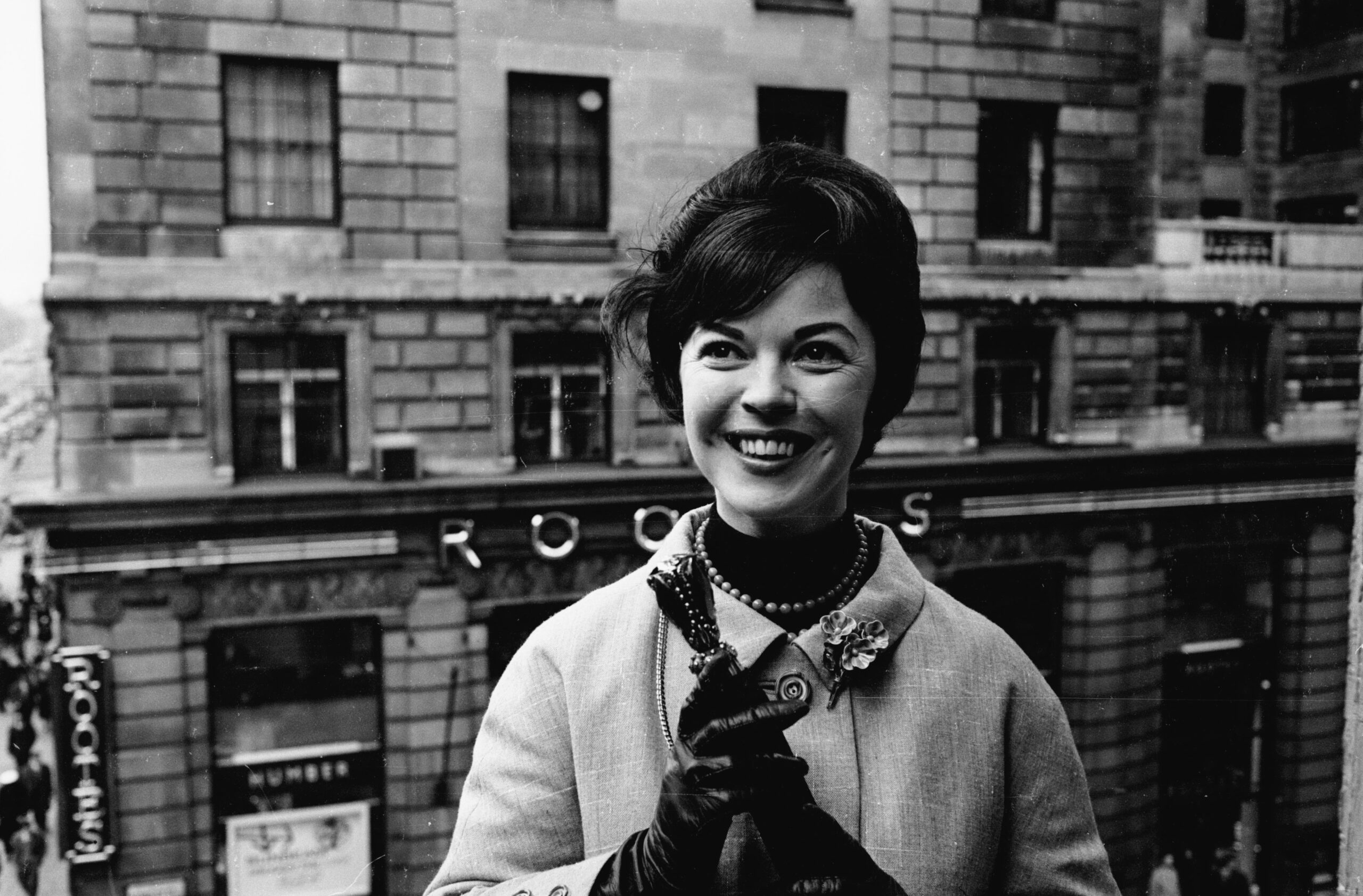
Another oddity is her failed attempt to play Peter Pan on Broadway in 1950—the very role which Mary Martin would later memorialize. Believe it or not, this is where the bio of Shirley Temple actually gets interesting, as we find her standing upon a rooftop in Prague during the 1968 Prague Spring. I will remind you that the purpose of this paper is the pedophilia agenda, and agent Shirley Temple Black, as an actor, was capable of filling the shoes of more than one person. I’ll fill in a couple of added details and then let you connect the dots. You see, we are told that Peter Pan was her last attempt at acting, and isn’t that interesting? Particularly since J.M. Barrie’s “child lover” story may exoterically tell the story of never growing up on a hidden island, but esoterically of child trafficking and pedophilia. Maybe her rejection is simply a sign post—a changing of the guard, if you will. Or perhaps Pinocchio has finally become a real boy. But just as importantly, there likely never was a time in the life of Shirley Temple when she went without her handler.
That very year Temple met and married Charles Alden Black and then moved to Washington, D.C. We furthermore read that Black had his paws in the Dole Hawaiian Pineapple Company and that his father, James Black, was president of Pacific Gas and Electric. But more importantly, Black was listed, before and after their marriage, as a Navy Intelligence officer.
Why am I not surprised?
Noel
.
